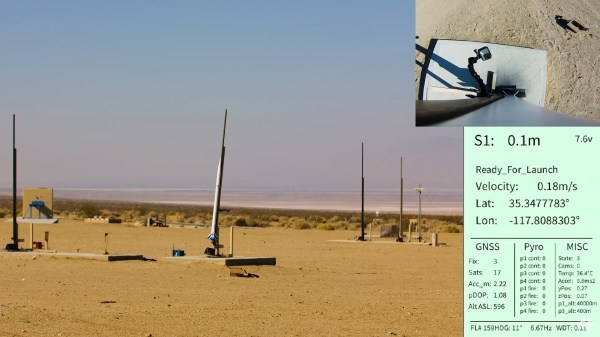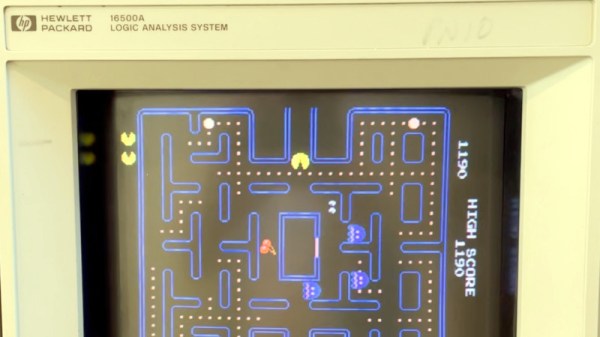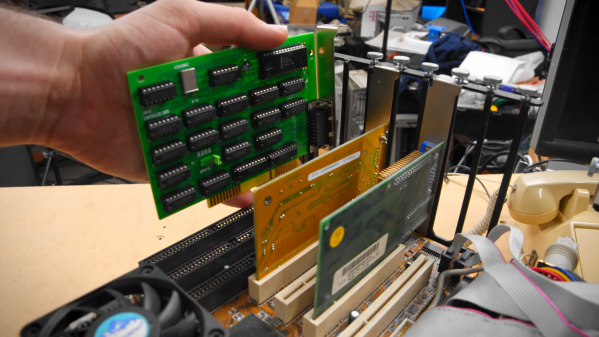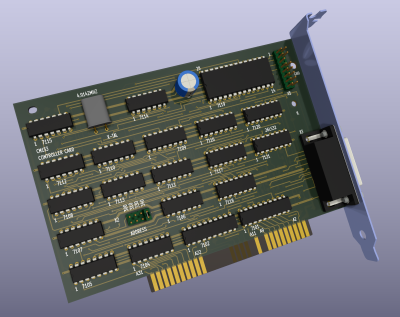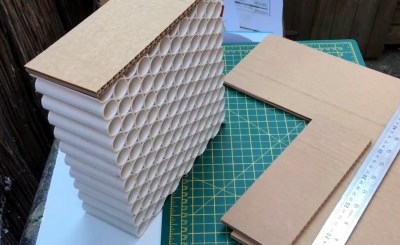When it comes to high-powered rocketry, [BPS.space] has the unique distinction of being the first to propulsively land a solid-fueled model rocket. How could he top that? Well, we’re talking about actual rocket science here, and the only way is up! All the way up to the Kármán line: 100 km. How’s he going to get there? That’s the subject of the video below the break.
Getting to space is notoriously difficult because it’s impossible to fully test for the environment in which a rocket will be flying. But there is quite a lot that can be tested, and those tests are the purpose of a rocket that [Joe] at [BPS.space] calls Avalanche. Starting with a known, simple design as a test bed, numerous launches are planned in order to iterate quickly through several launches- three of which are covered just in this video.
The goal with Avalanche isn’t to get to the Kármán line, but to learn the lessons needed to build a far bigger rocket that will. A home-brewed guidance system, a gimballed spin-stabilized 4K camera, and the descent system are among those being tested and perfected.
Of course, you don’t have to be a rocket scientist to have fun with prototyping. Sometimes you just want to 3D print a detonation engine, no matter how long it won’t last. Why not?
Continue reading “Amateur Rocket Aims For The Kármán Line, One Launch At A Time”

